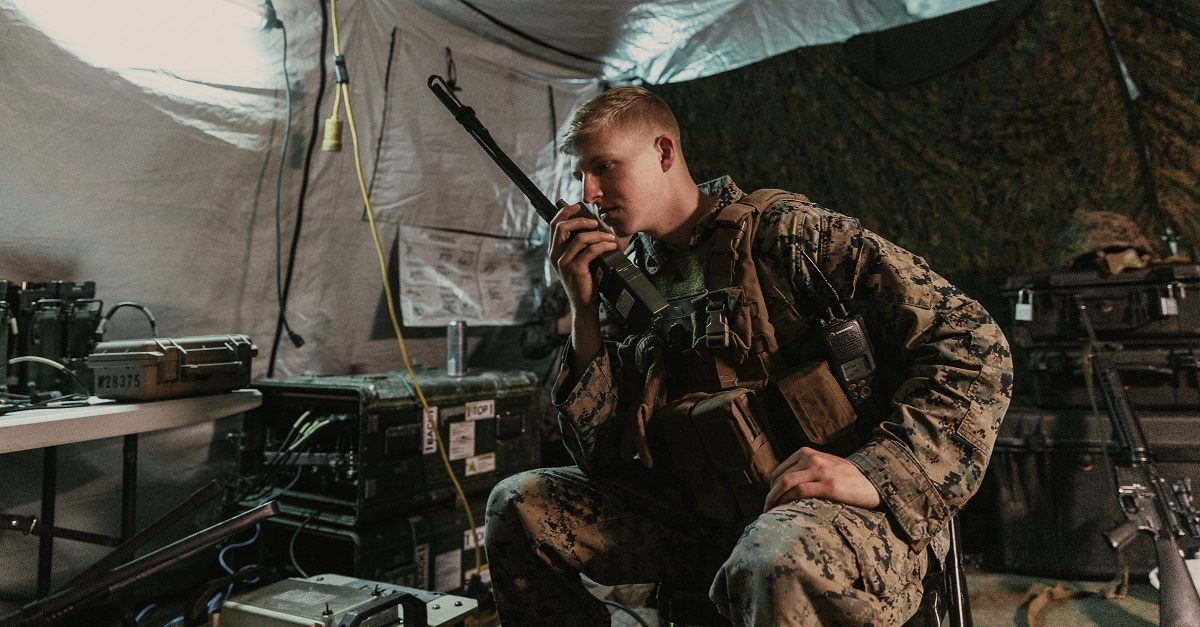
Exploring the Technologies Used to Create Protective Vests
Bulletproof vests have been around for almost a century now. They have become a necessary tool for people who work in the military, law enforcement, or security professions. Various methods have been used in creating bulletproof vests over the years, but the main purpose remains the same: to protect the wearer. But have you ever wondered how bulletproof vests protect wearers? In this post, we’ll take a closer look at bulletproof vests and what they’re made of, to explain how they work to save lives in high-risk scenarios.
Bulletproof vests are often made of highly specialized materials such as Kevlar, Spectra, Twaron, and Dyneema. These materials are incredibly strong and can absorb the energy of bullets, reducing their impact. The bullet gets stopped because the energy is absorbed through the fibers of the material, spread out across a larger area, and significantly lessened upon impact. The vest’s outer shell is usually made from waterproof nylon, which reflects light to avoid detection in dangerous areas. The combination of these materials creates a highly effective solution that can potentially save lives.
Nowadays, bulletproof vests are designed to protect against different types of threats, from handguns to rifles. Bulletproof vests usually have different levels of protection based on the threats they protect against. The National Institute of Justice created the standard for ballistic resistance for law enforcement vests, which is the protection level most common in the market. Various levels of ballistic protection represent the speed and stature of ammunition that the Kevlar material can stop; the higher the specific speed and damage of the ammunition, the higher the protection level.
In addition to bullet resistance, bulletproof vests also offer protection against other types of attacks like knives, shrapnel, and blunt force. Knives and shrapnel-resistant vests come with an additional layer of tightly knit fabric, often interwoven with steel, called chainmail, which protects against knife attacks. Blunt trauma plating placed in the vest’s chest or back area can protect against any blunt force trauma that may be inflicted on the wearer. This material will help to reduce the chances of internal injury, at least in certain vulnerable areas.
Lastly, the design of the bulletproof vest is also an essential factor that ensures ultimate protection. A well-designed bulletproof vest fits snugly and stays close to the body, which reduces the risk of the bullet penetrating the skin. The front and back plate of the vest must also have some overlap with each other or have a cummerbund around the waist so that no gaps can be exploited. The shoulder and neck areas must be of high protection levels since these areas are the least covered.
Bulletproof vests are more than just protective vests; they are a necessity for those at risk of confrontation every day. The vests allow military operatives, law enforcement, and security professionals to remain safe in volatile situations. In essence, bulletproof vests save lives in high-risk scenarios. The vest combines its design, materials, and strength to protect the wearer against different types of physical threats, even from high-power rifles. This combination helps to reduce impact damage, protecting the wearer’s life. For those whose life is dedicated to keeping the public safe, a quality bulletproof vest is essential.
For more articles, please click here.